Title : Amplicon-based nanopore sequencing reveals molecular evolution and zoonotic potential of Muju virus (Orthohantavirus puumalaense) in Craseomys regulus, Republic of Korea
Abstract:
Orthohantavirus puumalaense causes hemorrhagic fever with renal syndrome (HFRS) in Europe, with Puumala virus (PUUV) representing the primary genotype. During 2019-2023, 30 EU/EEA countries reported 14,798 cases of hantavirus infection and PUUV was the most commonly identified pathogen. In the Republic of Korea (ROK), Muju virus (MUJV), harbored by Craseomys regulus, an endemic arvicoline rodent, also belongs to PUUV. However, researchers have yet to fully characterise its genomic diversity and zoonotic potential. To address this, we collected 185 voles from 23 regions across the ROK between 2012 and 2023. Serological assays detected PUUV-reactive IgG antibodies in five samples (3.1%), while RT-PCR amplified MUJV RNA from the same specimens (2.7%). Amplicon-based nanopore sequencing recovered near-complete genomes, enabling high-resolution comparisons. Phylogenetic analysis identified distinct MUJV lineages in Gangwon and Jeollabuk Provinces. Estimates of evolutionary rates revealed greater sequence divergence in the S and L segments relative to the M segment. A zoonotic risk assessment suggested moderate-to-high spillover potential in most variants. The detection of MUJV in Cheorwon, Gangwon Province, expanded its known range and provided the first molecular evidence of local circulation. These findings emphasise the need for continued surveillance and seroprevalence studies to assess MUJV's relevance to public health in the ROK.



